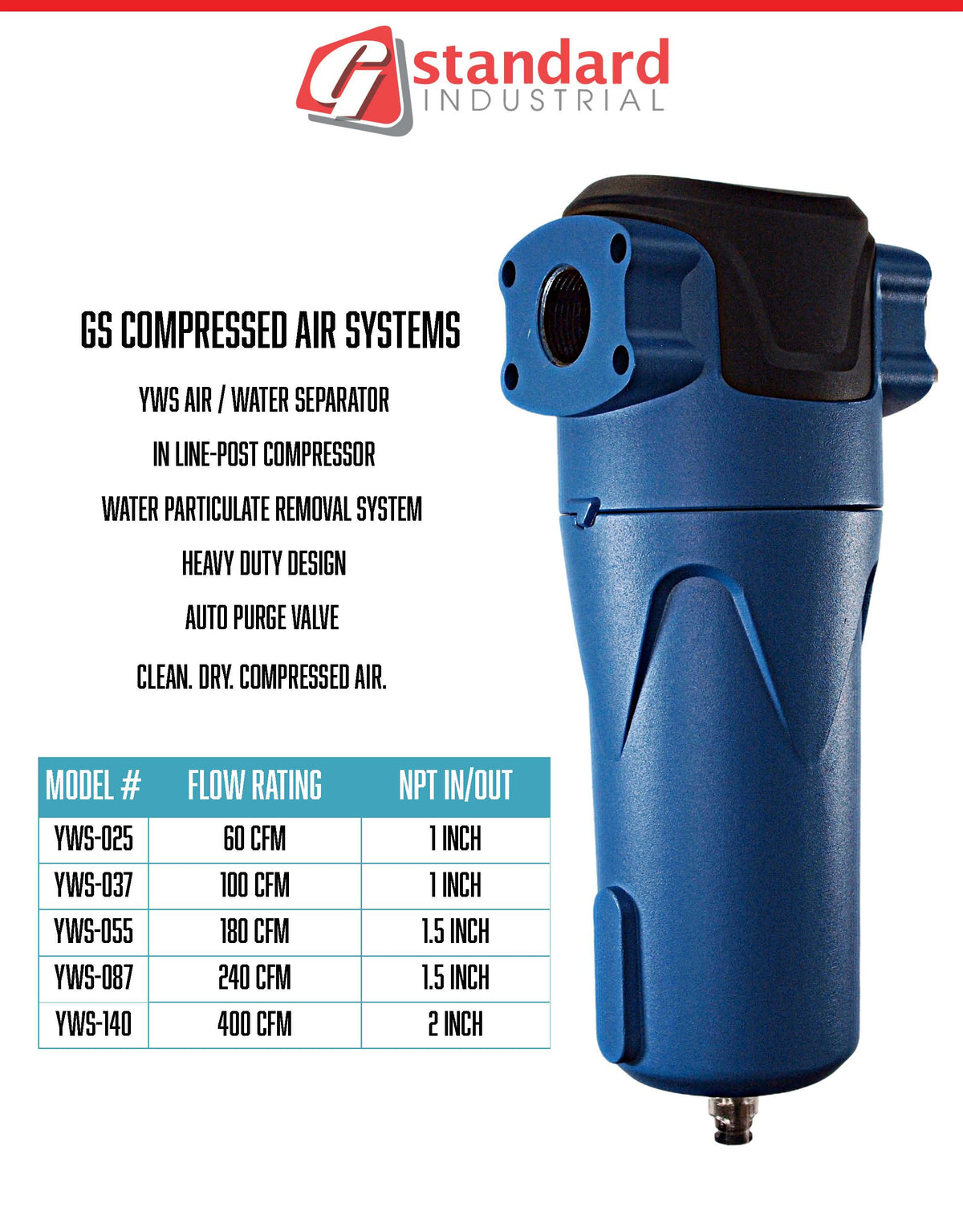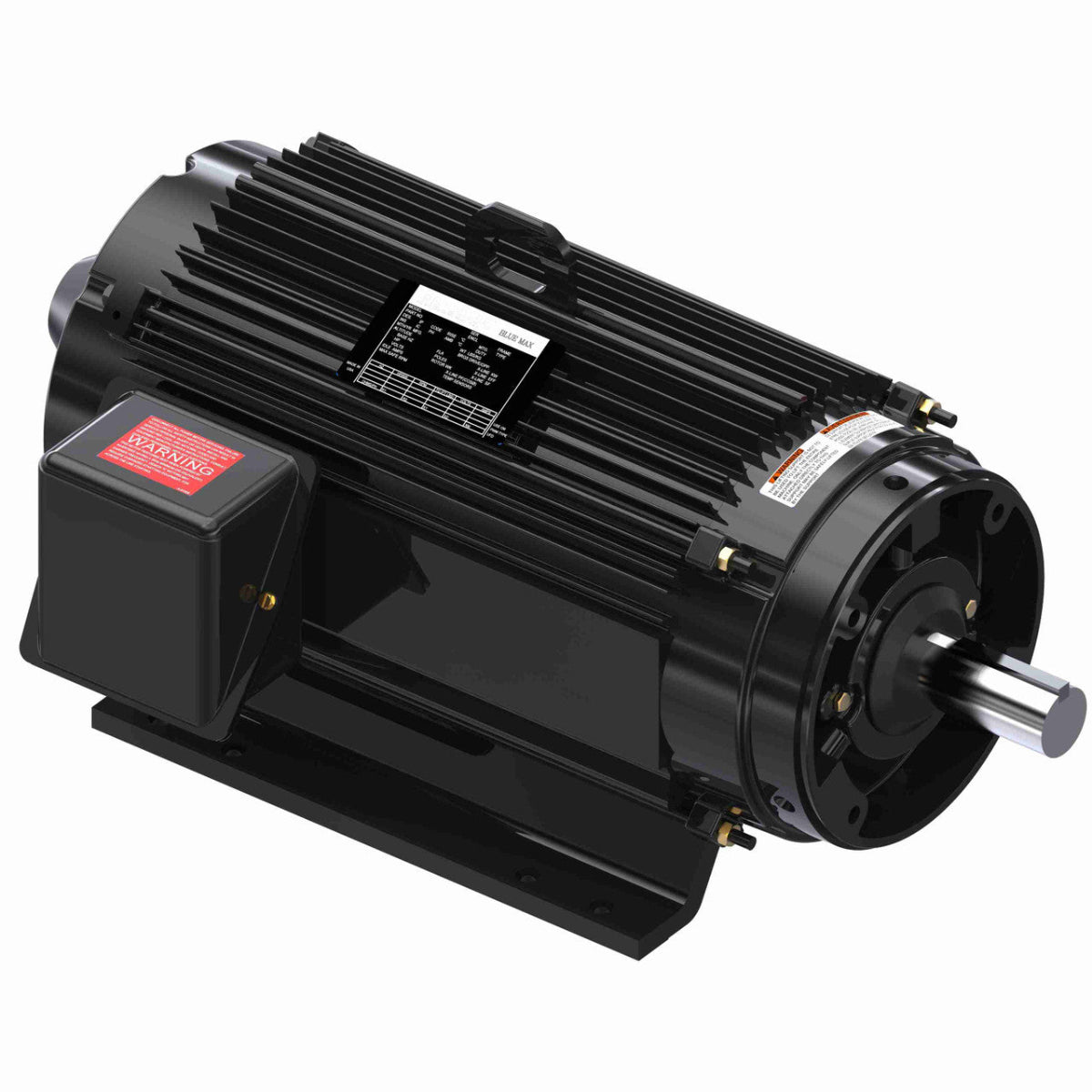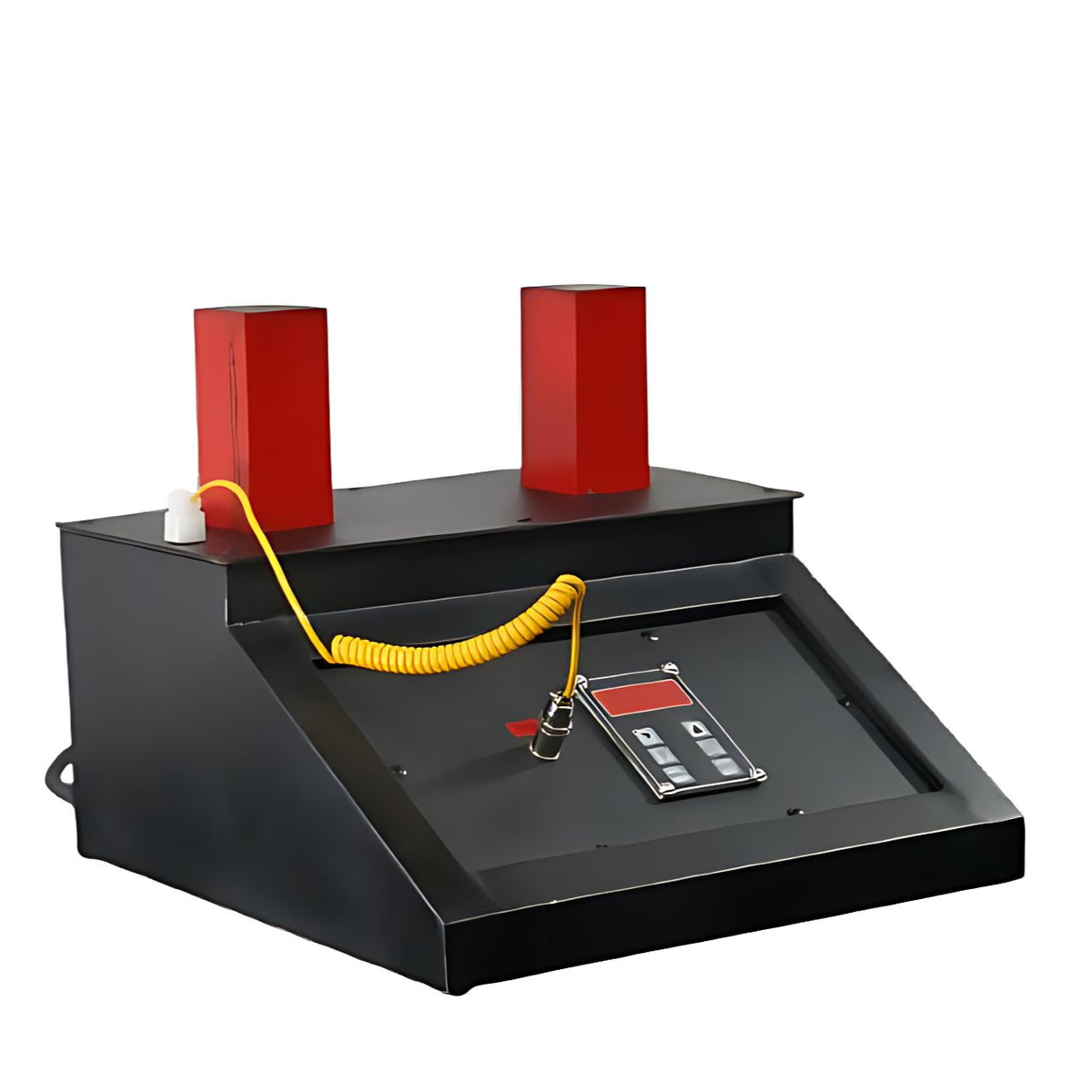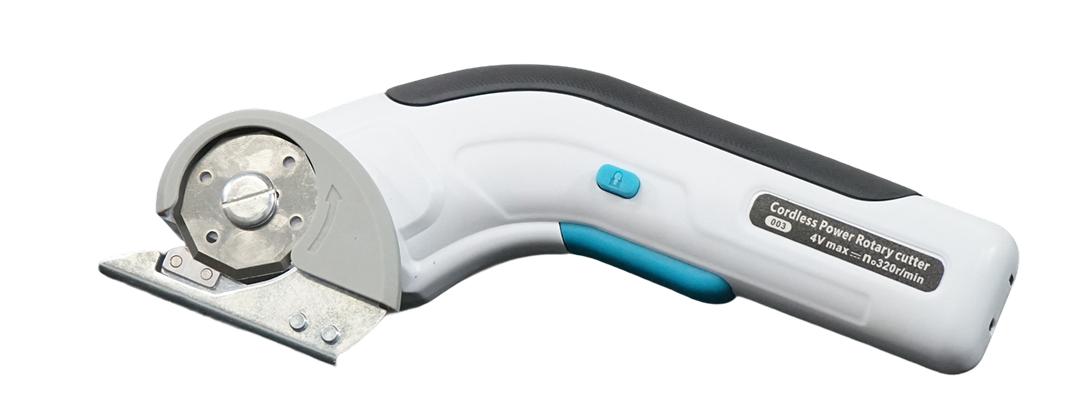Author: Noah Gilbertson
Presented by: G Standard Industrial
A compressed air dryer is an essential piece of auxiliary equipment designed to remove water vapor from compressed air. When ambient air is compressed, its ability to hold moisture increases; however, as the air cools downstream of the compressor, this moisture condenses into liquid water. This water can cause corrosion in pipes, damage pneumatic tools, ruin paint finishes, and contaminate end products in processes like food packaging or pharmaceutical manufacturing. A dryer prevents this by reducing the dew point of the air—the temperature at which condensation occurs—ensuring it remains dry throughout the distribution system.
How It Works: The Core Principle
All dryers work on the principle of lowering the dew point of the compressed air. The primary methods for achieving this are cooling, adsorption, and absorption, leading to several common types of dryers:
1. Refrigerated Dryers (The Most Common Type)
-
How it Works: This type operates similarly to a household refrigerator or air conditioner. The warm, saturated compressed air enters the dryer and first passes through an air-to-air heat exchanger, where it is pre-cooled by the outgoing cold, dry air. It then moves to an air-to-refrigerant heat exchanger, where a closed-loop refrigerant system cools the air to a predetermined temperature, typically around 35°F - 39°F (2°C - 4°C). At this temperature, the water vapor condenses into liquid droplets.
-
Separation: The air and water mixture then moves into a separator, where the liquid water is removed via a trap drain.
-
Reheating: The cold, dry air passes back through the initial air-to-air heat exchanger. Here, it is rewarmed by the incoming warm air. This reheating serves two purposes: it prevents "sweating" on the outside of downstream air pipes and lowers the relative humidity of the air, making it "feel" drier to the end-use application.
-
Best For: General industrial applications where freezing is not a concern. It is energy-efficient and low-maintenance.
2. Desiccant Dryers (Adsorption Dryers)
-
How it Works: These dryers use a porous desiccant material (such as activated alumina, silica gel, or molecular sieves) that has a strong affinity for water vapor. The moist compressed air is passed through a tower filled with desiccant. The desiccant beads adsorb (attract and hold moisture to their surface) the water vapor from the air, producing extremely dry air with dew points as low as -40°F (-40°C) or lower.
-
Regeneration: The desiccant eventually becomes saturated and must be dried out, or regenerated. This is typically done in one of three ways:
-
Heatless (Purge) Regeneration: Uses a portion of the already-dried air to purge the moisture out of the saturated desiccant bed. Simple but consumes compressed air.
-
Heated Regeneration: Uses an internal heater to blow hot air through the desiccant, greatly reducing purge air consumption.
-
Blower Purge: Uses an external blower to pull ambient air over a heater and through the desiccant, eliminating compressed air loss.
-
-
Best For: Critical applications requiring very low dew points ("dry air"), such as in winter climates where pipes could freeze, in pharmaceutical manufacturing, chemical processing, and air instrumentation.
3. Membrane Dryers
-
How it Works: These dryers use a bundle of hollow polymer fibers. Water vapor in the compressed air permeates through the walls of the membranes, while the dry air continues through the core of the fibers. A small portion of dry air is bled off to sweep the permeated water vapor out of the system.
-
Best For: Point-of-use applications for low air flow rates, such as powering a single instrument in a remote location.
Selecting the correct dryer is critical for system integrity and product quality. G Standard Industrial provides expert guidance and a full range of drying solutions, from standard refrigerant dryers to high-performance desiccant models, to protect your investment in rotary screw compressors and pneumatic equipment.
Sources for this Article:
-
Compressed Air and Gas Institute (CAGI). (n.d.). Compressed Air Dryers. CAGI Pneumatics Section. Retrieved from https://www.cagi.org/education/compressed-air-system-basics.aspx
-
International Organization for Standardization. (2018). *ISO 8573-1:2018 Compressed air — Part 1: Contaminants and purity classes*. https://www.iso.org/standard/72666.html
-
Wikipedia contributors. (2023, November 17). Dew point. In Wikipedia, The Free Encyclopedia. Retrieved from https://en.wikipedia.org/wiki/Dew_point




0 comments